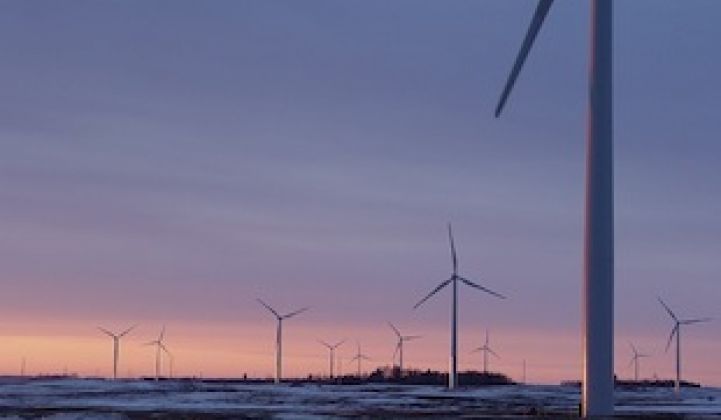Renewable energy critics harp on the variability of wind and solar production, suggesting that this increasingly manageable challenge is some kind of fatal flaw.
Meanwhile, these critics ignore the fact that conventional power sources are no sure things themselves, particularly when the going gets rough, as it has this week, when much of the U.S. has been hit with an extraordinary cold snap.
For instance, in Texas, cold weather on Monday knocked two facilities totaling 2,000 megawatts of capacity offline. “The decision Monday to issue a power conservation alert, asking Texans to lower their thermostats and avoid the use of major appliances, brought fears of a repeat of a 2011 ice storm during which close to a quarter of state’s power plants went out,” the Dallas News reported.
Then, on Tuesday afternoon, RTO Insider reported that PJM -- the mid-Atlantic power pool consisting of thirteen states and Washington, D.C. and serving around 60 million customers -- had some 36,000 megawatts of generation, a whopping 20 percent of its installed capacity, “unavailable due to forced outages.” Reuters said the agency was citing “weather-related mechanical failures and natural gas supply problems, as well as normal generation issues, for power plants being knocked offline Tuesday.”
With conventional generators struggling, the American Wind Energy Association was quick to note that all that wind power capacity added in recent years sure was coming in handy.
“As the cold and high winds first rolled into the Upper Midwest, the MISO grid operator saw very high wind energy output of around 8,000 megawatts, enough to supply 6 million average homes under typical conditions,” the AWEA said in a blog post.
The industry group added that in Texas, “the more than 2,000 megawatts of wind output on Monday morning was the critical difference keeping heaters running as the grid operator struggled with numerous outages at conventional power plants.”
***
Editor's note: This article is reposted in its original form from EarthTechling. Author credit goes to Pete Danko.



